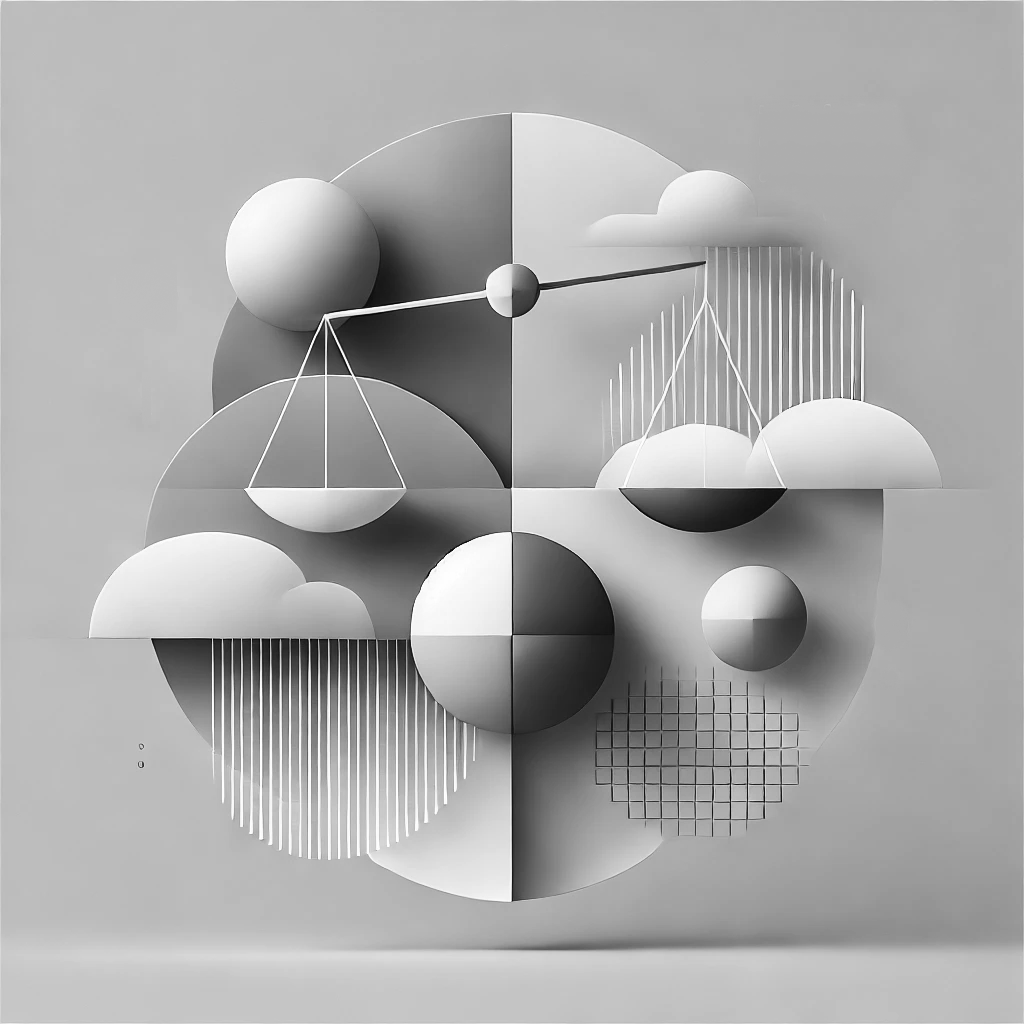Ethics in UX design isn’t just about ticking boxes or adhering to legal guidelines. It’s about crafting experiences that respect users, empower communities, and contribute to a better world. While laws and regulations offer a baseline, the real challenge lies in navigating the grey areas—those moments when doing what’s right goes beyond what’s required.
In the age of data-driven decisions and pervasive technology, the role of the UX designer has expanded significantly. We’re no longer just creators of interfaces; we’re gatekeepers of user trust, mediators of fairness, and sometimes, accidental philosophers grappling with the implications of our work. The question isn’t just, “Can we do this?” but more often, “Should we?”
Good design isn’t just about solving problems; it’s about solving the right problems, in the right way, for the right reasons.”
Consider the ubiquitous cookie banner. Most of us click “Accept All” without a second thought, overwhelmed by jargon and hidden settings. Is this really informed consent? As designers, we have the power to simplify these interactions, making them more transparent and empowering users to make real choices. But that’s just the tip of the iceberg.
Dark patterns, for example, are a glaring ethical issue in UX. These manipulative design techniques—like making the “Cancel Subscription” button hard to find—erode user trust and tarnish our field’s reputation. Ethical design means resisting these shortcuts, even when they promise short-term gains. It’s about valuing long-term relationships over immediate metrics.
Yet, ethics isn’t only about avoiding harm; it’s also about proactively doing good. Think about accessibility. Building interfaces that work for everyone isn’t just the law in many places; it’s the right thing to do. When we design for inclusivity, we’re acknowledging the diverse realities of human experience. It’s a quiet but powerful way of saying, “You matter.”
When we design for inclusivity, we’re acknowledging the diverse realities of human experience. It’s a quiet but powerful way of saying, ‘You matter.’”
Then there’s the issue of data. The digital world thrives on it, but at what cost? As UX designers, we’re often at the front lines, deciding how much information to collect and how to present it. Do users fully understand what they’re agreeing to? Are we being transparent about the trade-offs? These ethical questions require us to pause and reflect, even if it means challenging the brief or pushing back on stakeholders.
The emergence of AI and machine learning has only deepened these dilemmas. Algorithms can perpetuate biases, often unintentionally. The training data might be flawed, or the outcomes might privilege one group over another. As designers, we may not write the code, but we shape the systems users interact with. It’s our job to spot these biases and advocate for fairness.
Ethics in UX design is also about fostering meaningful engagement. Social media platforms, for instance, are often criticized for prioritizing addictive scrolling over genuine connection. What if our designs encouraged users to log off when they’ve spent too much time online? What if we celebrated quality over quantity in user engagement? These aren’t just utopian ideals; they’re questions we can tackle, one decision at a time.
The question isn’t just, ‘Can we do this?’ but more often, ‘Should we?’”
Ultimately, ethical design requires a cultural shift. It demands that we move beyond compliance checklists and embrace a mindset of accountability and empathy. It’s about creating systems that serve people, not the other way around. This isn’t easy work. It requires courage to speak up, curiosity to explore alternatives, and humility to admit when we’ve got it wrong.
So, what can we do to start designing more ethically? First, educate ourselves. Understand the broader context of our work and the potential ripple effects. Second, collaborate. Ethics isn’t a solo endeavour; it’s a team sport. Third, listen to users, critics, and those who see the world differently. Their perspectives can illuminate blind spots we didn’t know we had.
Ethical UX design is a journey, not a destination. It’s an ongoing commitment to do better, to question more deeply, and to never lose sight of the people behind the screens. Because at the end of the day, good design isn’t just about solving problems; it’s about solving the right problems, in the right way, for the right reasons.
Resources
“Ruined by Design” by Mike Monteiro
A provocative look at the ethical responsibilities of designers and how our work shapes the world.
“Design for Real Life” by Eric Meyer & Sara Wachter-Boettcher
This book explores how to create more inclusive and compassionate design.
“The Smell of Risk” by Andrew Boyd
A compelling examination of the risks and rewards in ethical decision-making within design.
“Ethics for the Digital Age” by Shannon Vallor
A philosophical deep dive into the ethical challenges of emerging technologies.
“This Is Service Design Doing” by Marc Stickdorn, Adam Lawrence, Markus Edgar Hormess & Jakob Schneider
While focused on service design, this book includes insights into ethical considerations in creating user-centred experiences.

0 Comments